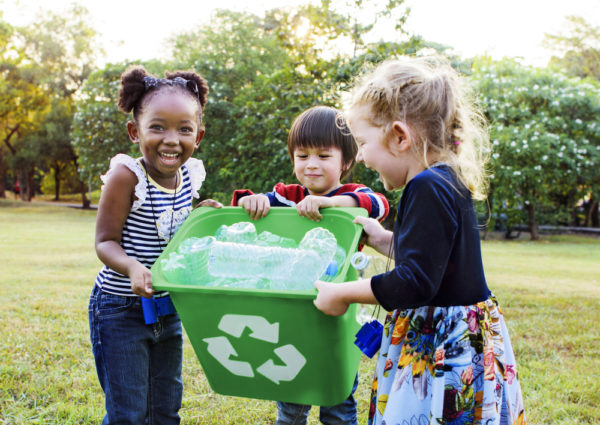How do you introduce young children to doing community service? According to Jeannie Fino, an early childhood consultant with The Guidance Center, children naturally want to help others. Parents can foster feelings of compassion and empathy in little ones by providing opportunities. The steps to getting young ones started are to pick a project, evaluate the ability of the child to assist, and maybe find things to do from home. There are a number of benefits for starting with community service when still young!
How to Find a Project or Organization for Volunteering
First, talk to your family about possible ways to contribute. Ask your kids what they think other children would like to help doing! It may take a little work, but getting your children to put on thinking caps for assisting others of all ages is a great skill. A five year old can put himself in the shoes of another five year old much easier than helping a homeless adult. Kids are naturally drawn to animals. Youth Squad® has several programs involving animals. Put some of these ideas out there for discussion. Talk about whether you want to do one project like make a garden for pollinators or an ongoing project like feeding the birds during the winter.
The easiest way to find out about projects that allow children is to call a local volunteer center and let them know where you live, what interests your children, and their ages. Another option is to talk with your church – working with church members that you know will make your children more comfortable, especially when other kids are involved. If you are considering an ongoing community project, talk to the agency’s coordinator. There may be training and orientation required. Visit the location yourself first and ask yourself if you think your children would be comfortable there.
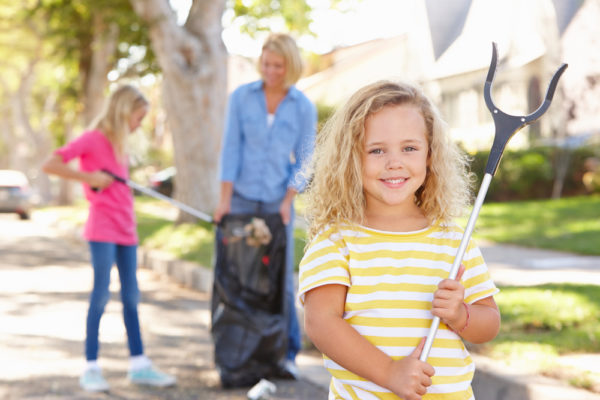
Get Involved Yourself
You can think about forming your own group through your children’s school, church, or other regular gatherings. From toddlers to high school, parents are taking on forming their own community service groups. Take charge and lead the way! This lets you customize your group to your friends and family! Programs such as Youth Squad® allow rewards programs and offer ideas for community service for all ages.
Before taking any other steps, be sure you know about the rules and regulations of the project you have selected. For volunteers under the age of 18, parental permission is probably required.
Here are some websites that offer resources for kids and families.
- Youth Squad® – for complete programs or ideas.
- GenerationOn – for projects, resources, and ideas.
- VolunteerMatch.org – for connecting with nonprofit groups
- Family-to-Family – connects families with more to families with less.
- Kids Helping Kids – specifically assists children to help other children.
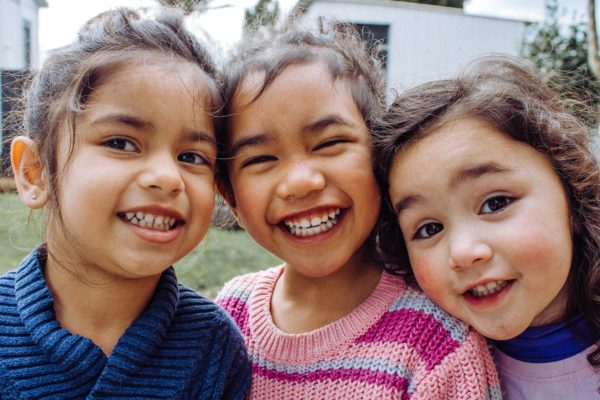
Once you’ve decided on your project, sit your family down and explain everything you’ve found out. Be enthusiastic and explain why what you will be doing is so important. Talk about fun aspects of the project, drawing a picture so young children can see themselves participating and the people they will meet. Answer any questions and just skim over any negative comments. If you can, discuss people you know who will be there with you. According to a 2012 study performed by DoSomething.org, the most important motivator for young people is having friends come along.
I’m so busy! Is there anything my kids can do to help from home?
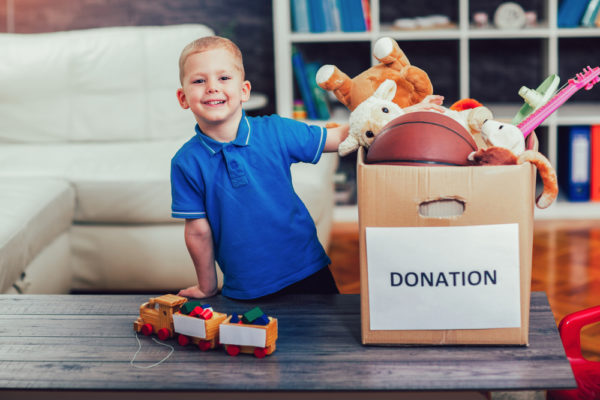
Sometimes you just can’t seem to find time to get your family together at one time with conflicting schedules. If you work from home or just can’t get out of the house, consider projects your children can do in a space where you can casually supervise. You might have a donation project where participants bring their things to your house. Even little ones can help sort and bag the donations to take to the designated organization later.
Youth Squad® has partnered with MakingFriends.com to provide kits for preschool children. The kits include activities for three steps towards a beginner community service project and an embroidered patch as a reward.
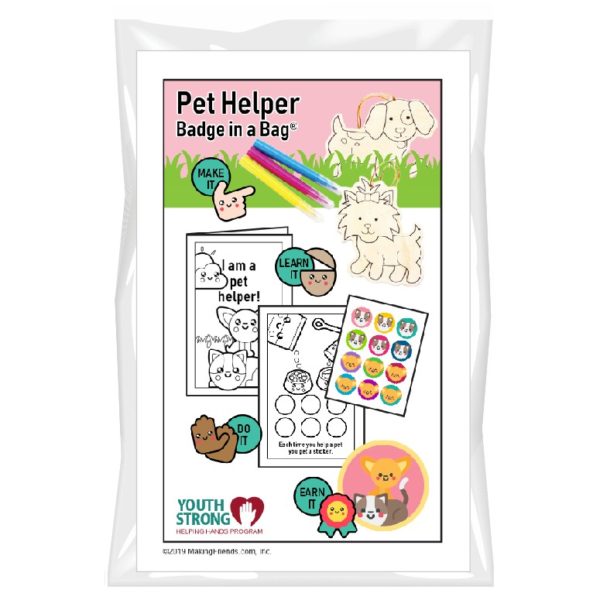
Parents Magazine – suggests easy crafts for donations. From dolls made from socks, decorating pillowcases with paint stamping, home-made bandannas to promote pet adoptions, to no-sew throws; there are projects for every skill set. Your children will practice their abilities to tie, paint, sew, and other motor activities and then learn sacrifice when they give up their project for a less fortunate person. Praise all efforts and take photographs for the fridge and show grandparents at get-togethers so your kids can feel a real sense of accomplishment. Less than perfect results? You can always fix them later before the donation is made.
Is my child old enough to help?
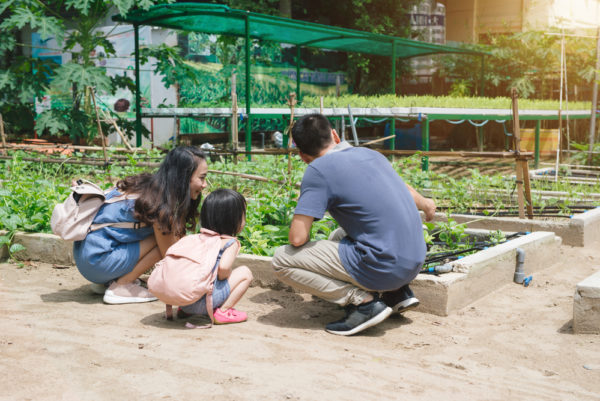
Due to issues of liability, many organizations limit involvement to individuals over the age of 18. But think outside the box! First, volunteer as a family. Staff doesn’t want to babysit children who want to help out, but if older members of the family are helping with the same activity, it may be a different story. If your child is a teen and is still told he is too young, suggest doing office projects such as stuffing envelopes.
You might also consider starting your own child-oriented community service project such as outings to clean up hiking paths, organizing a location for food donations, or performing for senior centers (residents love even the most amateur child performers!). A martial arts school in Sioux Falls, South Dakota coordinated an event with the local food bank and dozens of children and parents packed boxes for distribution. Even the youngest could carry a box to each spot to place in the donation package.
Here’s a Cool Fact! The country with the most number of volunteers in the world is Turmenistan in Central Asia. In 2014, a CAF report stated that 53% of the people in that country volunteer their time and skills. Meanwhile, the United States has only 44% percent of their people volunteering. Time to change that number!
Benefits of Starting Community Service Young

According to Terri Bose, founder of Youth Squad®, everyone in your family from toddlers to adults develop more empathy, gratitude, and a sense of community through volunteering. Children who perform community services are more likely to continue as they become adults with their own families. Life skills such as working together toward a common goal and following directions will transfer to future relationships and job positions. Also very important, your child will learn that no matter how young he/she is, they can make a difference.
Related Posts
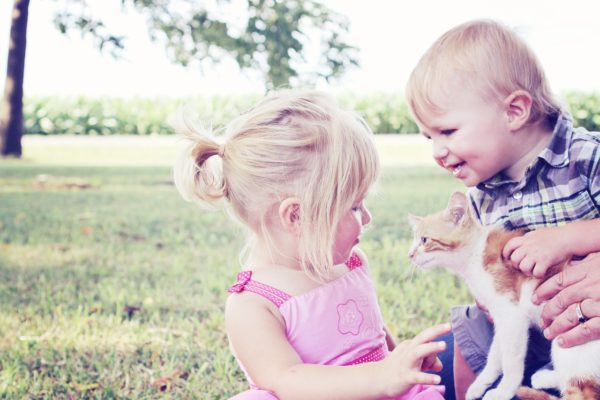
Can my toddler help with community service? Do an online search for organizations that have activities in your area for even little guys. For instance, the Animal League of Texas has a program called The Pet Champions where children of all ages are matched with activities they can handle such as socializing kittens and puppies through play. They receive a T-shirt, newsletter, get to go to meetings with fun things to do, and develop a sense of giving back.
My son is very shy. How do I get him to participate? Going with family or a group of friends lets even the most shy child blend into the crowd while participating. Consider a Walk-a-Thon, playing with kittens and puppies at an animal shelter, or being involved from home. Help him overcome his timid nature by allowing him to work one-on-one with a senior citizen or by reading to a disabled person. He could also go in with you to deliver Meals on Wheels to home-bound people and overcome his shyness by limiting his contact to the same people consistently.




